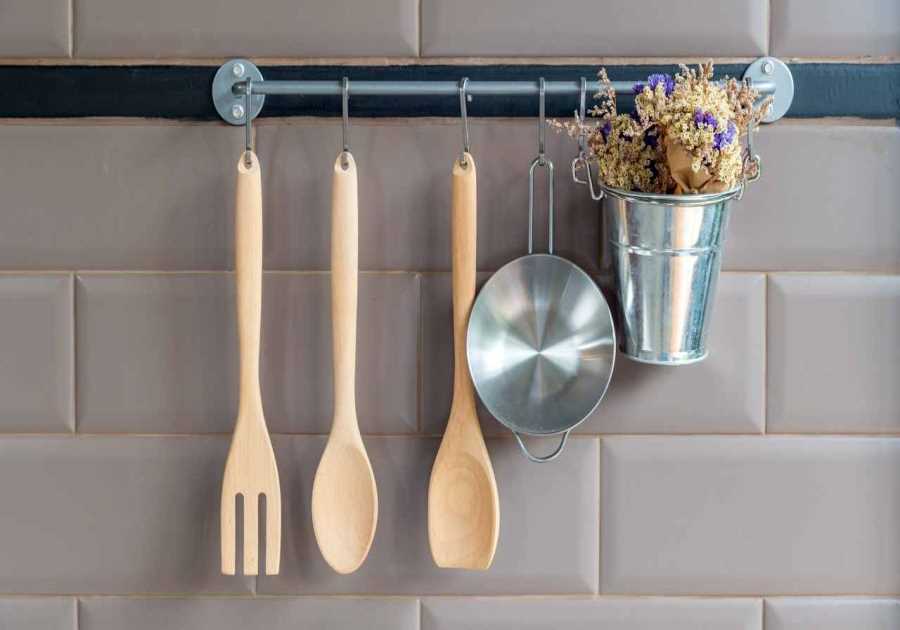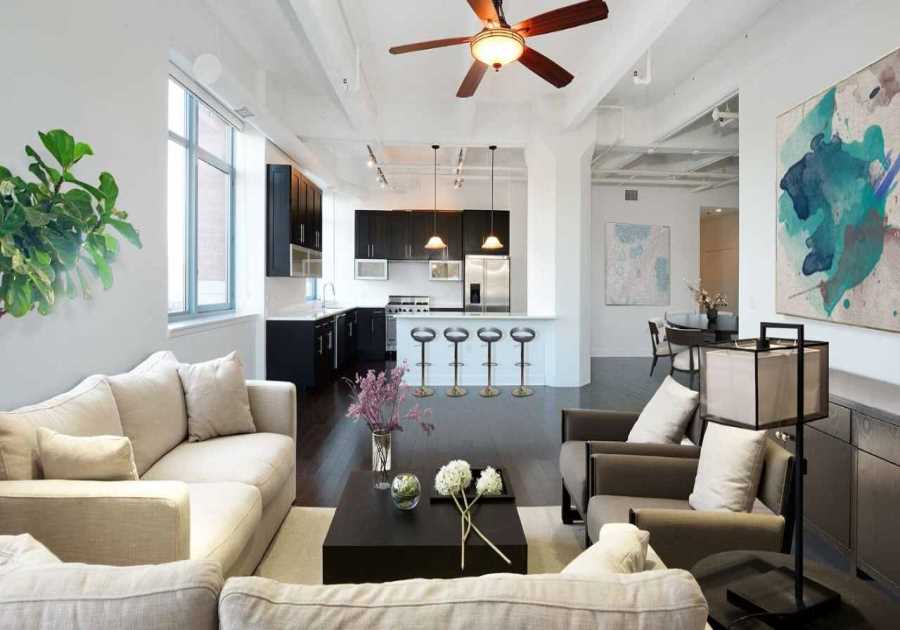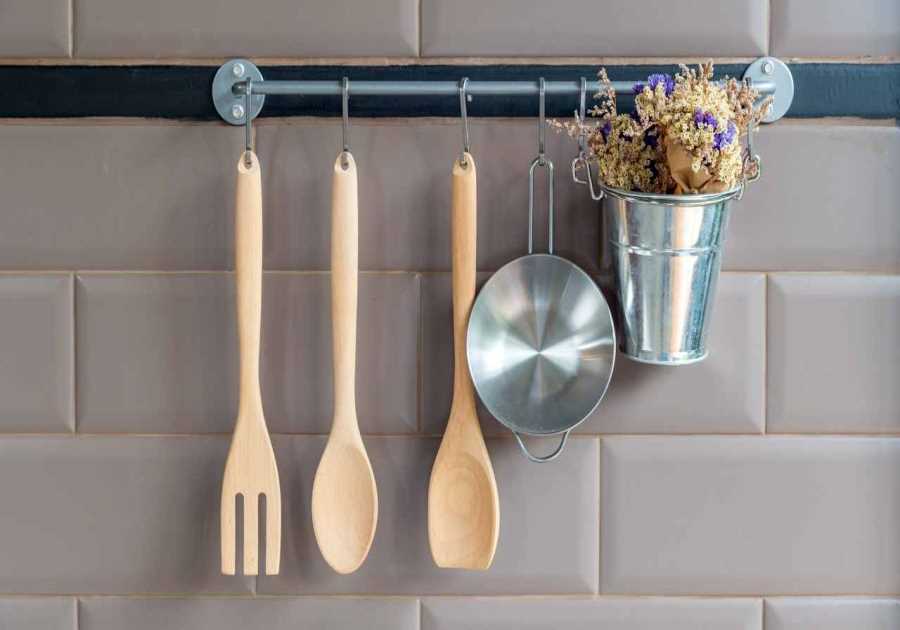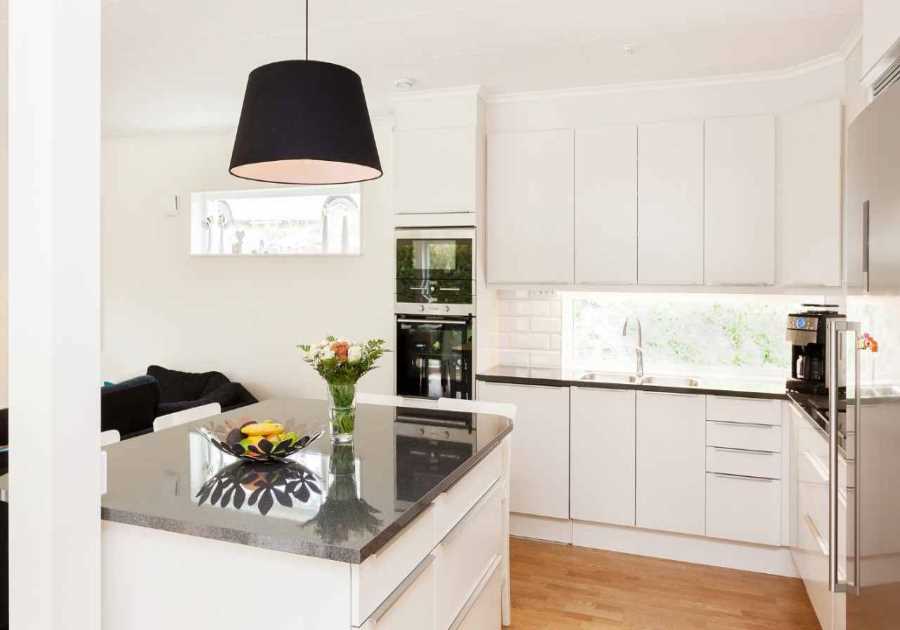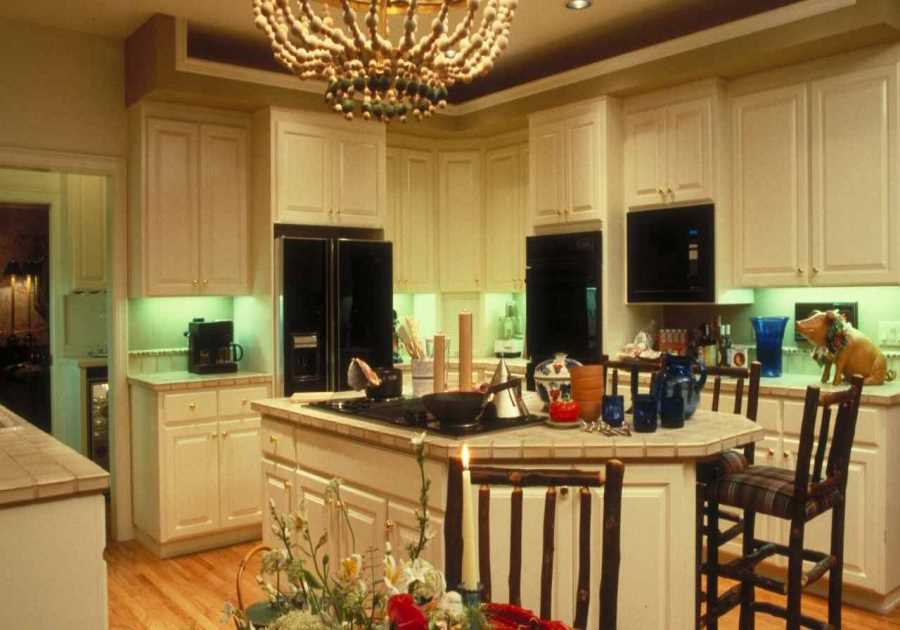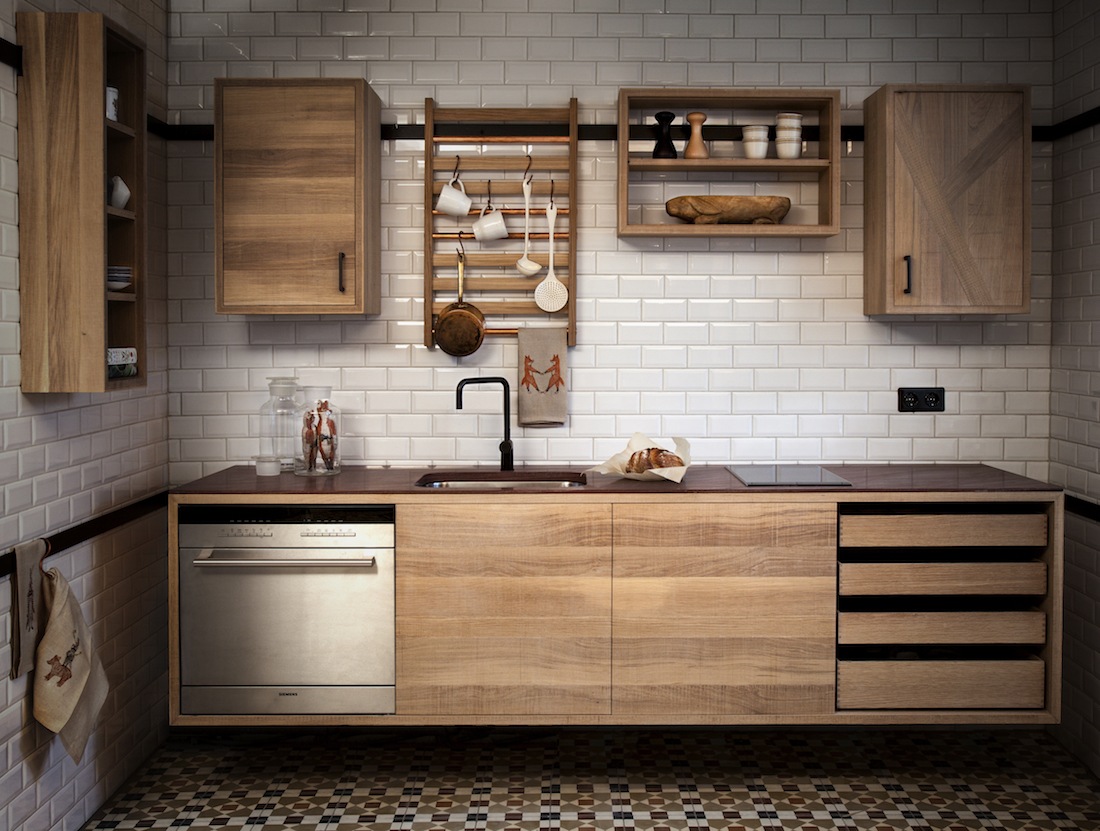
Scandinavian design kitchens can be pretty minimalist yet still have a homey feeling. They can feature a modern or minimalist style but also have a touch of personal touches and textures.
Modern Scandinavian kitchens
Modern Scandinavian kitchens offer a stylish European design perfect for any kitchen. The minimalist approach and use of natural materials evoke a sense of simplicity and comfort.
Typical Scandinavian features include wooden cabinets, exposed beams and stone tiles. In addition, modern kitchens boast energy-efficient appliances, such as cooktop ovens.
The kitchen is also an excellent space for colourful decorations. A colourful area rug can break up the monotony. Also, consider using potted plants.
While many people opt for a white kitchen, don't rule out other colours. You can give your monochromatic kitchen a pop of colour by placing a few bright-coloured chairs on your counter.
Another trend you may want to consider is a dark colour palette. A deep blue or gray might be the way to go.
Shaker-inspired kitchens
Shaker-inspired Scandinavian design kitchens are an attractive choice for contemporary homes. This style's clean lines, simple shapes and utilitarian aesthetics are perfect for a modern home.
Shaker-style kitchens often include warm wood accents. This includes the cabinetry, floors and counters. These materials also provide a natural, cozy feel. A large white farmhouse sink gives the space a rustic vibe.
An industrial approach to Shaker-style kitchens can be achieved by adding stainless steel appliances and chrome hardware. Another option is to opt for a matte black sink. You can add reclaimed furniture if you're going for a more classic look.
The Swedish version of Shaker-style kitchens incorporates more colour and details. Traditionally, the colour palette is white, gray, and beige. To achieve a farmhouse style, you can replace some of the upper cabinetry with open shelving.
Homey L-shaped kitchens
Scandinavian L-shaped kitchens are simple yet stylish. These kitchens are welcoming and inviting and feature white walls, wooden elements, and natural light.
Scandinavian kitchens feature a variety of different furniture and finishes. They usually have a modern or industrial feel, but there are also more classic Scandinavian styles.
Jessie Tobias Design in Camden, Maine, created a contemporary L-shaped kitchen with warm wood detailing and black hardware. Her design also features a large island that includes bar stools. The island has plenty of storage.
Cathie Hong Interiors in Northern California creates Scandinavian-inspired kitchens. She uses a palette of warm wood, black, gray, and white. There is no upper cabinetry, creating an open, uncluttered look.
The kitchen is also filled with beautiful, neutral pendant lights. This is a great way to add colour without overpowering the scheme.
Minimalist Scandinavian kitchens
Scandinavian minimalist design kitchens feature simple designs, focusing on whites and neutrals. They incorporate natural textures and rustic elements to create a light, airy feel.
Scandinavian-style kitchens also emphasize functionality and simplicity. Many of these kitchens incorporate natural materials and durable woodwork.
While the minimalist design is essential in a Scandinavian kitchen, you don't have to go all-white to have a chic kitchen. You can add colour with restraint and with a few personal touches. For example, plants can be a great way to brighten a kitchen.
If you're unsure where to start, a simple solution is to paint your walls one colour, like neutral gray or white. This doesn't require a lot of space, and it can add depth to the overall look.
Personal touches and textures
If you're looking for ways to make your kitchen a warm, welcoming space, look no further than Scandinavian design. Clean lines, minimal decor, and natural materials characterize these interiors.
The best way to achieve the Scandinavian effect is to mix and match various elements, including colour and texture. For instance, a textured area rug in the kitchen can brighten up a dark hardwood floor. Also, a muted colour palette can create a warm, inviting atmosphere.
Some popular colour trends include pale pinks, muted hues, and greys. However, these hues aren't usually the focus of a Scandinavian kitchen. Instead, they should be used to add a touch of personality to a neutral colour scheme.
To create a cozy environment, fill the kitchen with items you enjoy using. Consider adding plants to the area. This is a natural way to add life to the space and boost energy.
Frequently Asked Questions
What are my options for planning a new kitchen?
There are many options, whether you are renovating an existing space or creating a new dream kitchen.
Before you start, take some time to look online for inspiration. Look for photos of kitchens that inspire you. Keep track of design ideas. Then sit down with a pen and paper and figure out exactly where you'd like to put each element.
Think about what you could do to improve these spaces. What could be improved? What would you change? You can ask someone who is knowledgeable about the subject to get some creative ideas.
It's time for you to begin once you've decided what you want. Start with the basics. Eliminate any clutter. Get rid of appliances that you don't use often. Replace worn-out fixtures by newer versions
Next, find tight areas in your kitchen. This is where storage or countertops are not possible. You can think of ways to maximize these spaces. They could become wine cellars or pantries.
Make sure to think about lighting. Is there an area that could be lit brighter? Perhaps a wall sconce would help brighten up a dark corner.
Now comes the fun part: Implementing them after you have completed your list.
Don't be discouraged if you don’t know everything the first time. You can just keep going until you have it all figured. And remember, no project will be complete unless you enjoy using it daily.
What is the most expensive component of a kitchen remodeling project?
There's no definitive answer to this question since the cost of a kitchen can vary greatly depending on the specific project. Some experts believe that the average kitchen remodel cost can be anywhere from $40,000 up to $100,000. You could face a steep price tag when you plan a major kitchen renovation. If you don't make any structural changes, often custom cabinetry will be the most expensive component of your kitchen remodeling project.
Custom cabinets are 25-35% lower than the total price. Countertops, appliances, and flooring are also big-ticket items. You might need to prioritize which parts of your kitchen you would like to replace if you have a limited budget. It is possible to have a beautiful kitchen with minimal expense if you plan well.
There are still ways to save money. Focusing on cosmetic changes is a better option than major structural overhauls. You might choose to refinish cabinets and install countertops, rather than completely gutting your kitchen. To save labour costs, you could consider doing some of your work yourself, especially if the project is more complex.
No matter what your budget is, there are still ways to make your kitchen remodel cost-effective. Strategic planning and strategic choices are key to creating the kitchen of dreams.
What are some of the cons of an open concept kitchen?
Privacy is the most important issue. Open-concept kitchens make it difficult to hide mess from your guests. Open-concept kitchens are great for those who love to cook. However, guests might find it difficult to keep their hands clean. A kitchen that is open to the outside can be difficult for cleaning if there aren't designated eating and cooking areas. A kitchen that is open-concept may not work for you if there aren't enough square footage.
Are open-concept kitchens going out of style?
Open-concept kitchens still have a lot of appeal because they provide a contemporary look and allow easy access to all areas. However, some homeowners return to more traditional kitchen designs for several reasons.
Open-concept cooking can be very noisy. Another reason is that open-concept kitchens can be very noisy.
For families that want to cook together, open-plan kitchens can be a great option. However, they can be a hassle if your kids like to get messy in the kitchen and won't listen to you. You should carefully weigh the pros & cons of an open-concept style kitchen before you make your decision.
Statistics
- This is rather grim, but according to Business Insider, 12 percent of couples consider getting a divorce while renovating their home! (familyhandyman.com)
- Experts also recommend setting aside 20 percent of your budget for surprises, including unpleasant demolition discoveries. One is water damage, the electricity that is not up to code, or other budget-spiking gotchas. (hgtv.com)
- Keep 10 to 25 percent of List 2, depending on the budget. (familyhandyman.com)
- According to Burgin, some hinges have this feature built-in, but it's an add-on cost for other models of about $5 retail, adding up to $350 to $500 for an entire kitchen, depending on size. (hgtv.com)
- Followed by cabinet cost, labour, and appliance costs consume 20 percent each of your budget. (hgtv.com)
External Links
thespruce.com
houzz.com
remodeling.hw.net
familyhandyman.com
How To
How to design a kitchen layout
Although there's no perfect layout for a kitchen, some layouts work well in certain spaces. Here are some suggestions for designing a kitchen that is best suited to your space.
- Start with the essentials. The first step in determining what you have in your kitchen is to decide what can be sacrificed. You may not require a large oven or stove if you don’t cook a lot.
- You should also consider the traffic flow. The second step is to consider how you and your family use the kitchen and how traffic flows through the space. You want enough space to be able to move freely and not bump into others.
- Maximize storage. The third step involves maximising storage space in your kitchen. This includes both food storage and cookware storage. You'll want to ensure everything has a place and is easily accessible.
- Integrate your style. The fourth step is to incorporate your personal style into the kitchen layout. This includes everything including countertops and cabinets, flooring, and appliances. Choose finishes and materials that reflect you style.
- Talk to a professional. Fifth and final is to consult a professional chef. A professional kitchen designer can help you design a layout that suits all your needs and fits well in your space.
.png)
